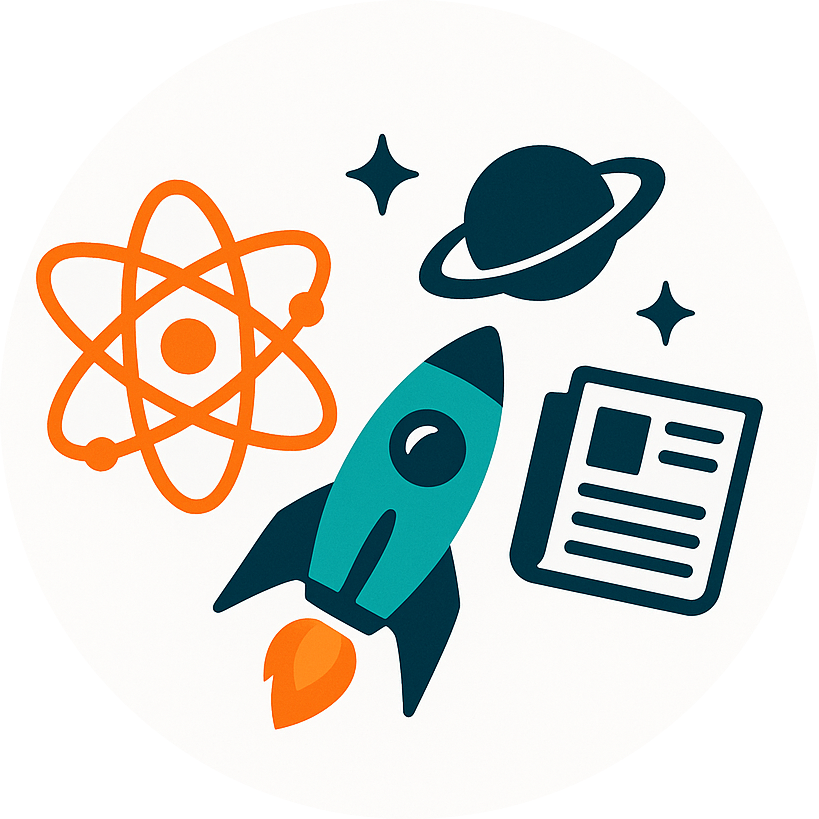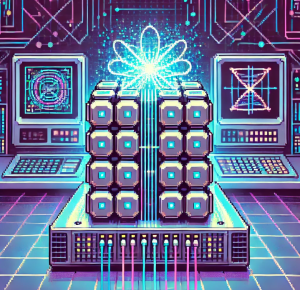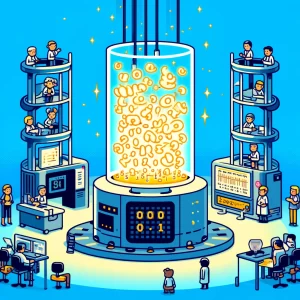
Quantum Computers Just Got a Major Upgrade—And It’s All Thanks to Diamonds
What if I told you that the future of computing is being held back by something as tiny as a single electron’s wobbly spin? Quantum computers promise to solve problems that would take today’s supercomputers millions of years. But there’s a big catch: Quantum information is ridiculously fragile. Like an ice cube on a hot sidewalk, it melts away almost instantly.
For decades, scientists have been chasing an elusive goal: keeping quantum states stable long enough to do meaningful calculations. This challenge is all about extending something called coherence time—how long a quantum bit (qubit) can maintain its state before the surrounding environment messes things up. Until now, every attempt to break through the so-called empirical limit has hit a wall. But a team of researchers just cracked the code using—of all things—diamonds.
The Diamond Breakthrough: Smashing the ‘Unbreakable’ Limit
Deep inside diamonds, there’s a tiny imperfection called a nitrogen-vacancy (NV) center—essentially, a missing carbon atom next to a nitrogen atom. While most scientists would call this a flaw, quantum physicists see it as a golden ticket. NV centers can trap single electrons, creating quantum states that can be manipulated and read. They’ve been a hot topic in quantum research for years, but even these stable qubits had never surpassed the dreaded empirical limit.
That is, until now. Scientists used a technique called dynamical decoupling to quiet the noise that was disrupting the NV center’s spin. By tuning their measurements like a perfectly synchronized orchestra, they discovered an unexpected source of decoherence that no one had noticed before. More importantly, once they understood it, they were able to push past the empirical limit and extend coherence time to its theoretical max.
So What’s the Big Deal?
Extending quantum coherence time is like increasing the battery life of a phone—except instead of lasting a few more hours, quantum computers could run calculations that were previously impossible. Here’s why this matters:
- Better Quantum Computing: More stable qubits mean faster, more reliable calculations. This could supercharge quantum simulations for drug discovery, materials science, and even cryptography.
- Revolutionizing Sensors: NV centers in diamonds are already used as quantum sensors for detecting magnetic fields. This new breakthrough could make them even more precise, leading to advancements in medical imaging and navigation systems.
- Unlocking the Future of Quantum Networks: Quantum information could be stored longer, making quantum communication and cryptography much more practical. Imagine unhackable internet connections powered by quantum entanglement.
The Unexpected Culprit: A New Noise Source Discovered
Here’s the wildest part: The scientists found that the limit wasn’t just about external noise—it was baked into the very nature of the material. They uncovered a previously unknown decoherence mechanism caused by spin-lattice interactions. Basically, the quantum information was being scrambled by the way the atoms themselves vibrate inside the diamond. Think of it like a whisper that turns into a scream as it echoes down a canyon—the quantum signal was getting lost in the atomic noise.
But armed with this knowledge, the researchers adjusted their techniques and pushed NV coherence time to a record-breaking 4.34 milliseconds—the longest ever observed at room temperature. That might not sound like much, but in the world of quantum physics, it’s an eternity.
What’s Next? The Road to a Quantum Revolution
While this is a massive step forward, there’s still work to be done. Scientists are now exploring ways to engineer materials that minimize this newfound noise source, potentially creating even longer-lived qubits. The dream? A fully functional quantum computer that can outperform today’s best supercomputers by leaps and bounds.
And it’s all thanks to diamonds—nature’s toughest material, now proving to be one of the most valuable in the quantum age.
Let’s Explore Together!
What do you think about this quantum breakthrough? How do you see quantum computers shaping the future? Share your thoughts in the comments or let us know the coolest science fact you’ve learned recently!
Fight for Science:
The stakes for science have never been higher. In today’s turbulent political climate, staying informed is critical. Subscribe to our weekly newsletter to get the latest discoveries, major breakthroughs, and stories that matter most. Designed for teachers and science enthusiasts, this free resource enhances your teaching and understanding of science in real time. Subscribe today to ensure science stays at the forefront of public conversation! If you liked this blog, please share it—your referrals help This Week in Science reach more people when it’s needed most.



